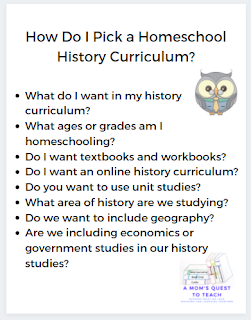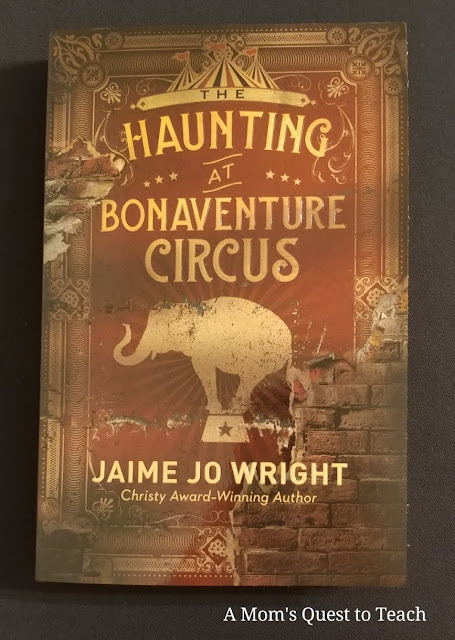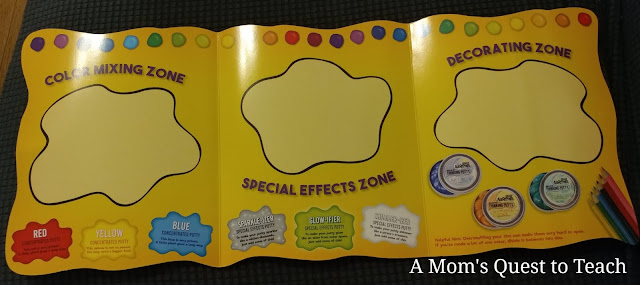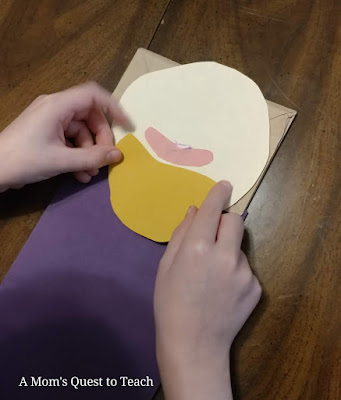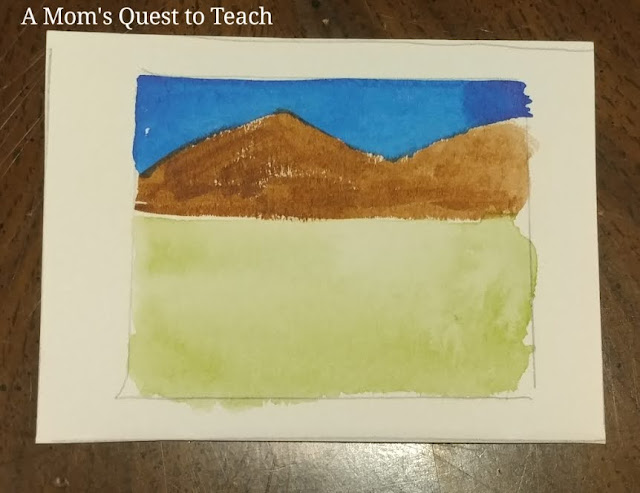This post contains affiliate links. For more information, please see my Terms of Use and Disclosure Policy page. Thank you.
With the arrival of Autumn, many yearn for pumpkin spice, visiting pumpkin patches, pumpkin pie, pumpkin decor, and everything else pumpkin. But why the pumpkin? After all, wouldn’t life be just as "gourd" if this season celebrated the cucumber or the cantaloupe? Perhaps not.
Pumpkins can be grown all over the world except for Antarctica. So while they may be native to the Southern United States and Central America, you can find them in gardens all over—yet Morton, Illinois is considered the “pumpkin capital” of the world because it is home to the Libby's corporation, whose canned pumpkin puree has become a part of the preparation for many American families’ Thanksgiving meals. With pumpkins being a winter squash, it makes sense that they are popular during the autumn season.
Pumpkins are interesting in that most parts of the plant are edible such as the shell, the seeds, the leaves, and even the flowers. Green ones can be eaten like summer squash while ones that are ripe can be used not only for pies but also soups. How do you like to enjoy pumpkins? It is amazing that they can be baked, roasted, steamed, or boiled or included in part of another dish. Personally, I enjoy pumpkin seeds. They are a lovely treat.
The pumpkin is also part of American folklore as it figures in the story of The Legend of Sleepy Hollow by Washington Irving. If you or your homeschooled children wish to learn more about American folklore, you might want to take a look at the American Folklore course at SchoolhouseTeachers.com. While learning about the Northeast, your middle school or high school children will learn more about legends and spooky folktales in lessons six through eight. In The Legend of Sleepy Hollow, the headless horseman is said to have a pumpkin atop his shoulders instead of his head. Whether Irving pulled this idea from American tales or European folklore, it is interesting to note that the pumpkin plays a role in this American classic.
For many, pumpkins make them think of jack o'lanterns and decorating for Halloween. The history of jack o'lanterns goes back to Ireland, where people would carve turnips and potatoes to scare away evil spirits. Today, people carve a variety of designs into pumpkins to decorate for the season including individuals from favorite movies. So, not everything relating to jack o'lanterns today is about the scare.
Do pumpkins play a role in your celebration of Autumn? Do you enjoy a hot cup of tea or coffee flavored with pumpkin spice?




